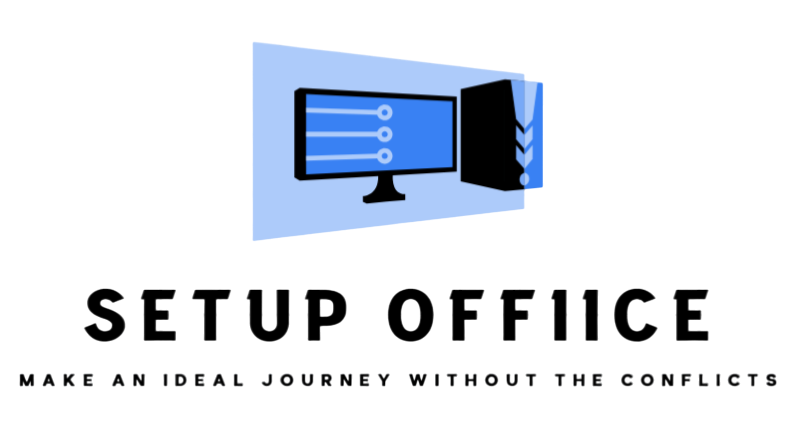This creative interaction offers a scope of benefits in contrast to usual assembly strategies. These benefits incorporate those identified with setup, time, and cost, among others.
Rapid Prototyping
3D printing can make parts in no time, which speeds up the prototyping system. This takes into account each stage to finish faster. When compared to machining models, 3D printing is modest and faster in manufacturing parts as the part can be made in hours, taking into account that each plane adjustment must be completed at a significantly more proficient rate.
Print on demand
Print-to-order is another benefit as one doesn’t have to worry about a lot of space to stock up, not at all like the usual assembly processes. This saves space and costs as there is no compelling reason to print in bulk unless necessary. 3D plan records are fully stored in a virtual library as they are printed using a 3D model such as a CAD or STL document, meaning they can be found and printed when needed. Changes to plans can be made at extremely low costs, changing individual documents without wasting stale inventory and putting resources into instruments.

Solid and Light Parts
The vital 3D printing material used is plastic, although some metals can also be used for 3D printing. Nevertheless, plastics offer benefits as they are lighter than their metal counterparts. This is especially significant in companies, for example, automotive and aviation, where weight reduction is an issue and can convey a more notable ecology. Additionally, parts can be made from custom materials to provide explicit properties such as heat resistance, increased strength, or water repellency. So 3d printing industrial parts are important in the industry.
Fast design and production
Depending on the plan and complexity of a section, 3D printing can print objects in no time, which is much faster than molded or machined parts. It is not only part production that can provide time investment funds through 3D printing, but in addition, the planning cycle can be extremely fast, making STL or CAD documents suitable for printing.
Cost-benefit
As an advanced and solitary assembly process, 3D printing saves time and hence costs related to using multiple machines for production. 3D printers can also be set up and left to get on with the job, meaning there’s no need for administrators to be available at all times. As mentioned above, this assembly system can also lower material costs as it uses only the measure of material needed for the actual part, with near-zero waste. While 3D printing equipment can be expensive, one can even avoid this cost by re-appropriating the task to a 3D printing administration organization.
